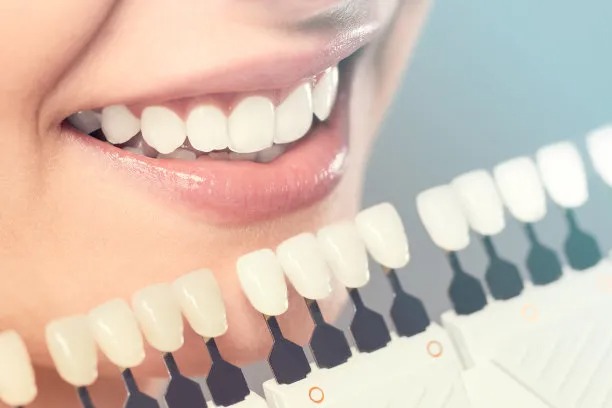Understanding the Process and Aftercare of Extracting a Tooth for Optimal Recovery and Oral Health
Summary: The extraction of a tooth can be a daunting process, yet understanding its intricacies and proper aftercare is essential for optimal recovery and long-term oral health. This article delves into the phases of tooth extraction, from preparation and discussion of anesthesia options to the actual procedure and post-extraction care. By exploring these elements, we aim to provide readers with valuable insights into managing pain, preventing complications, and ensuring a swift recovery. This comprehensive overview is designed to empower patients and enhance their experience during and after the tooth extraction process.
1. The Preparation Before Tooth Extraction

Preparation is key when it comes to the tooth extraction process. Before the actual procedure, patients should have a thorough consultation with their dentist or oral surgeon. This discussion involves reviewing the patient’s medical history, current medications, and any relevant dental issues. Understanding these factors can help the practitioner determine the best approach for the extraction.
Moreover, patients are often advised to undergo some diagnostic tests, such as X-rays, to provide better insight into the tooth’s position and the surrounding bone structure. This imaging is crucial for planning the extraction and anticipating any potential complications.
Before the day of the surgery, it is essential for patients to prepare themselves mentally and physically. Avoiding certain medications like blood thinners, adhering to dietary recommendations, and arranging for transportation home after the procedure are all important aspects of this preparatory phase.
2. Understanding the Anesthesia Options
One of the critical components of a tooth extraction is the anesthesia used to ensure patient comfort and reduce pain. Dentists typically offer local anesthesia, sedation, or general anesthesia, depending on the complexity of the extraction and the patient’s comfort level.
Local anesthesia involves numbing only the affected area, allowing the patient to remain conscious and aware during the procedure. This option is most common for simple extractions and is generally well-tolerated. On the other hand, sedation can help patients who experience anxiety or need a longer procedure to relax without being entirely unconscious.
In more complicated cases, such as the removal of impacted wisdom teeth, general anesthesia may be recommended. This option will render the patient completely unconscious, minimizing discomfort. Understanding these options enables patients to choose the method that suits their needs best while communicating effectively with their dental care provider.
3. The Procedure of Tooth Extraction
The actual tooth extraction involves several steps that can vary based on the complexity of the case. For a straightforward extraction, the dentist loosens the tooth with dental instruments and then removes it. This process is generally quick, taking only a few moments.
In cases where the tooth is impacted, meaning it hasn’t fully emerged from the gum line, a different approach is necessary. The dentist may need to make incisions in the gum or even remove some bone tissue to access the tooth. While this procedure may take longer, it is still performed under anesthesia to ensure patient comfort.
Once the tooth is extracted, the dentist will provide specific aftercare instructions and may place gauze over the extraction site to help stop any bleeding. Proper execution of the extraction is crucial for minimizing complications and promoting a healthy healing process.
4. Post-Extraction Care for Recovery
Following the extraction, aftercare is vital for a smooth recovery and to mitigate discomfort. Patients are often advised to keep the extracted site clean by gently rinsing with saltwater after 24 hours to prevent infection. However, its crucial to avoid vigorous rinsing or touching the site, as this can disrupt the healing process.
Pain management is another essential aspect of aftercare. Over-the-counter pain medications or those prescribed by the dentist can help alleviate discomfort. Patients should also limit physical activity for the first few days to avoid unnecessary strain on the extraction site.
Monitoring for any signs of complications, such as severe pain, prolonged bleeding, or unusual swelling, is necessary. If these symptoms occur, patients should contact their dentist immediately. By following these aftercare instructions, patients can enhance their healing process and maintain optimal oral health moving forward.
Summary:
Understanding the process of tooth extraction, from preparation and anesthesia selection to the procedure itself and post-operative care, is crucial for achieving optimal recovery and maintaining oral health. By being informed about each aspect of the extraction process, patients can reduce anxiety, manage pain effectively, and recognize any complications early.
This article is compiled by Vickong Dental and the content is for reference only



